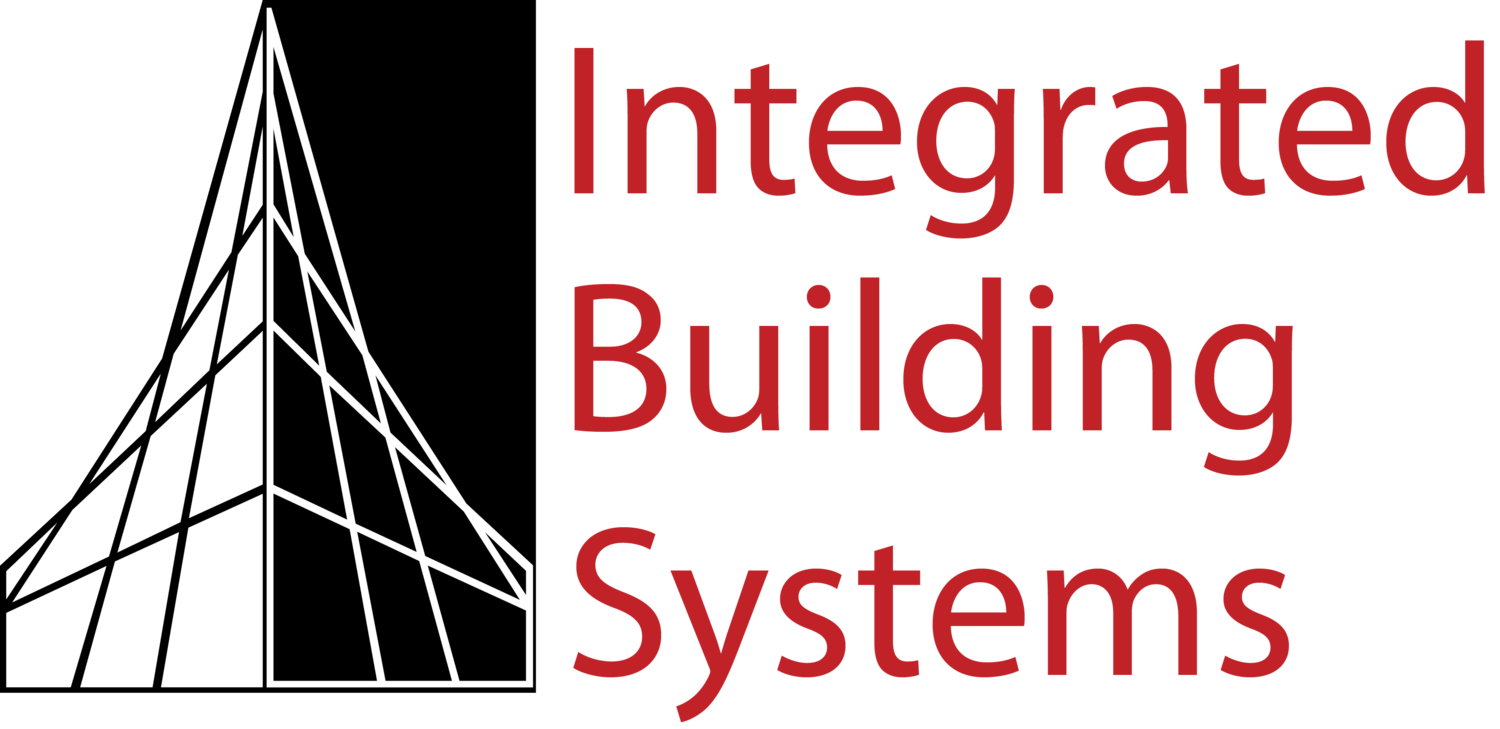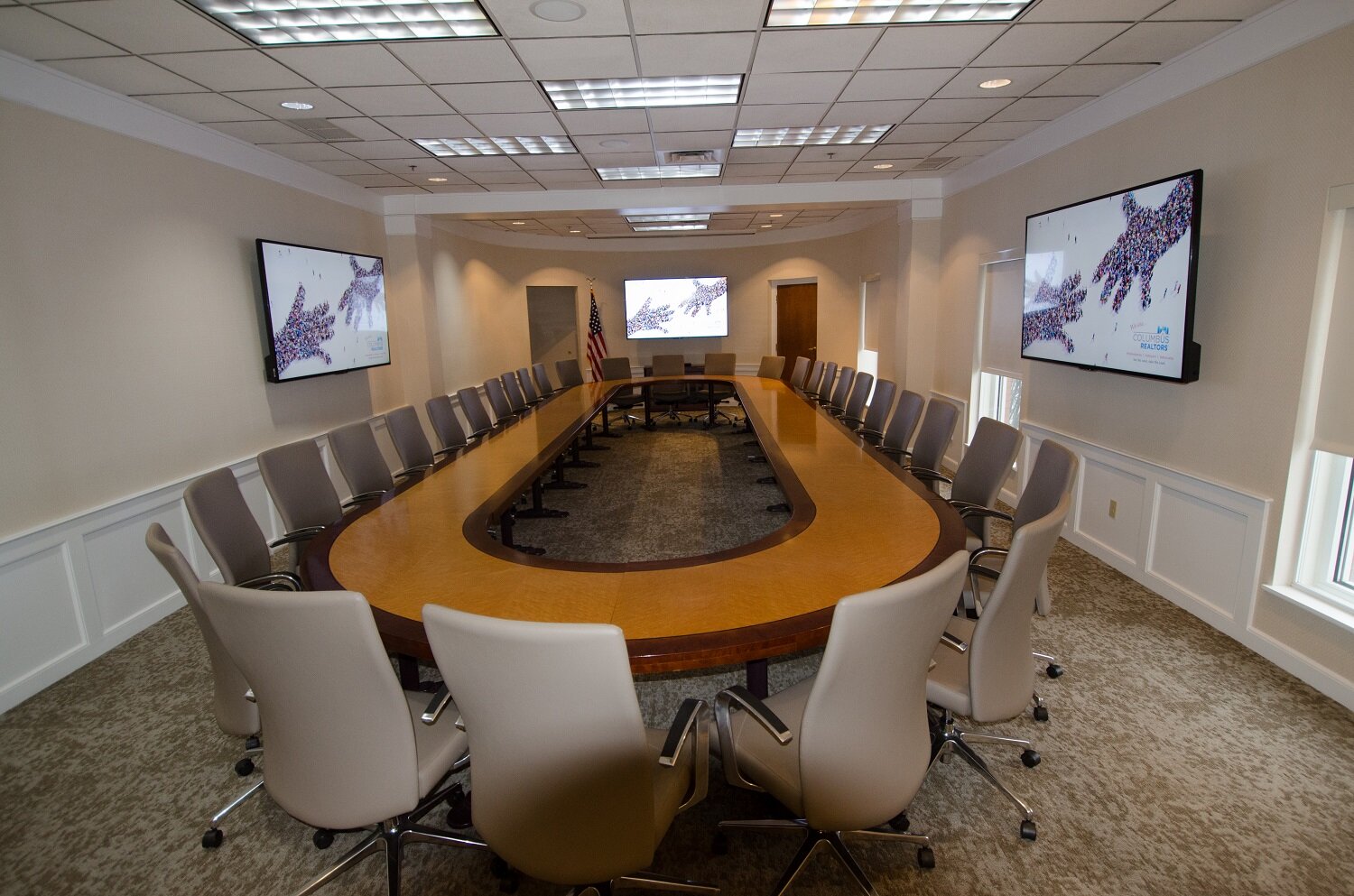Use these 4 tips to create a great A/V experience for users on both sides of the screen
Whether your office is now operating in-person, remotely, or in some combination of the two, hybrid meetings are fast becoming a desired tool for communication and collaboration.
Yet many organizations are discovering that the audio-visual systems in their meeting spaces and board rooms cannot deliver a clear, crisp experience for users on both sides of the screen during a hybrid meeting.
A recent Harvard Business Review article declared, “There’s simply no going back to the world of ‘squawk boxes’ on the conference room table, with those on the phone straining to hear, being ‘talked over’ when trying to speak, or guessing what’s on that PowerPoint slide on a screen only their colleagues in the room can see.”
Hear-hear!
(Forgive us, but we just couldn’t pass up the pun.)
To be fair, many existing A/V systems were never intended to support virtual or hybrid meetings in the first place. Most of the digital displays and speakers in conference and meeting room spaces were designed for the benefit of in-room participants only.
Here are 4 tips for getting your technology up to the task and creating a quality experience for all participants in a hybrid meeting.
#1 Clear Audio is Essential
A picture may be worth a thousand words, but sound is a more-important factor for virtual meetings. Ideally, everyone in a hybrid meeting will feel like they’re all talking in the same room—no “squawk box,” low volume, echo, or static despite being in different locations.
Great audio relies on having the appropriate type, number, and placement of microphones and speakers in the room being broadcast. Voices from anywhere in the space must be transmittable through the room A/V system to the chosen meeting platform, such as Zoom, Teams, or Google Meetings.
In a boardroom: Adding tabletop microphones at each seat is one option that might be a quick and easy upgrade or add-on to existing equipment. Hanging pendant mics above the table at appropriate intervals is another approach.
For a premium, sounds-like-you’re-in-the-room solution, consider a ceiling panel microphone with beamforming “voice lift” techniques that highlight and follow voices while reducing background noise. This type of technology also allows targeting for priority zones in the room.
Any of these microphone scenarios require speakers, too. A number of manufacturers now produce high- quality ceiling speakers at ever-lower prices.
To learn more, read “Tips to Improve Audio Quality for In-Person and Virtual Meetings.”
#2 More Cameras and Displays May Be Better Than One
The best A/V plan starts with an answer to this essential question, “What do we need to accomplish in the space?” The answer and design will be different for hybrid meetings versus virtual conferencing or in-room presentation, especially for camera selection and placement.
In a small space, such as a huddle room or small meeting room for 6 people or fewer, an existing soundbar camera or fixed-focus camera may work perfectly well for hybrid use. Everyone in the space is probably clearly in frame, facing the same direction, and comfortable viewing one common digital display or screen.
However, in larger spaces like a large conference or training room, not everyone is seated in close proximity to the camera, and might even have their backs to it. Other physical barriers like columns or bright sunlight from large windows may block or distort what is seen on the other side of the screen.
Effective solves include adding cameras that capture different angles in the room or upgrading the main camera to a model with AI-tracking to capture a change in speaker or motion in the room.
Where more cameras benefit people on the far end of the meeting, more TV displays benefit people in the room. Having more than one display can increase engagement and ergonomic comfort by ensuring no one has to sit sideways or constantly turn their heads to see the screen.
For example: small screens can be mounted inside an oval boardroom table a la command center style, added at intervals along columns or on the side walls in a large training room or stadium-style classroom, or organized in a triangle pattern on the walls to provide multiple viewing angles.
#3 Beef Up Your Bandwidth
Video meetings demand a lot of bandwidth. Consider that for the average business service, VoIP calls require 1 Mbps, video conferencing demands about 4 Mbps, and VoIP video calls pull 28 Mbps (estimates from Verizon).
As more people go back to the office, bandwidth demands could easily double or triple or more in order to achieve the speeds required to support unified communications. Small to mid-size businesses might find their existing 50 Mbps Internet service to be inadequate, for example, depending on the number of staff, devices, and video platforms.
Work with your IT team and service providers to assess your actual peak usage. Review or establish a data back-up plan to avoid data loss and downtime if the use of virtual meetings will increase (and therefore decrease speeds and up-time of the existing bandwidth). Consider engaging a secondary service in the event your primary goes offline.
#4 Stay Flexible
Android or iOS, laptop or desktop?
With carefully planned design specifications, your video-conferencing solution can adapt and grow with equipment and programming from a variety of manufacturers. The good news is that most A/V infrastructure is now manufactured for interoperability.
Read “Video conference bundle or a custom solution: Which offers the better value?” to learn pros and cons of each approach.
Integrated Building Systems Can Help
Integrated Building Systems is helping companies plan and implement a wide variety of A/V solutions to support today’s changing work environment, including hybrid meetings, wireless presentation systems, sound masking, and paging. To talk about your project, fill out the form on our Contact page and we’ll schedule a conversation—or call us at 614-240-5999 and get connected immediately.



